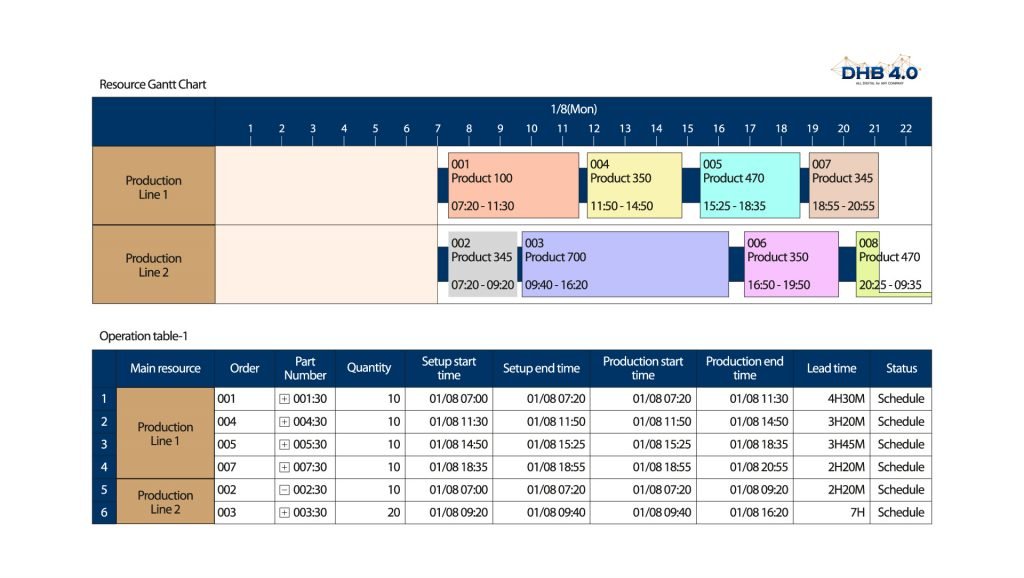While the concept of digital twin came into existence in the early 21st century, the technology is expected to reach its tipping point in the next 3–5 years, considering its widespread adoption across the industrial manufacturing domain.

A digital twin is an executable virtual model of physical equipment, which can be continuously updated across the entire lifecycle of the equipment. When the term was first introduced in 2002, the technology was not accepted instantly across the industrial manufacturing domain, due to the inability of the sector to capture, handle, and utilize large datasets.
The successful adoption of digital twin requires the support of key enabling IoT technologies that include reliable sensors, high-speed networks, low-cost data storage, and Big Data analytics. In addition, key technologies related to Industrial 4.0 that includes PLM, CAD, and VR/AR are required for the successful integration of the digital twin. DHB4.0 is much more than that, it´s not only a PLM, simulation & optimization solution.
As a majority of the above-mentioned technologies have reached the optimum level of maturity, the adoption of a digital twin across the industrial manufacturing domain is expected to rise significantly in the next 3–5 years. These technologies combine in several different ways to support digital twins across the industrial manufacturing ecosystem. In addition, the following advancements in technologies are resulting in an increase in the adoption of the digital twin:

According to a survey conducted consisting of 80 respondents from various industrial equipment manufacturing companies worldwide, 45% of the respondents agreed that they already have a digital twin initiative (fully functional or in-pilot stage) in their manufacturing facility. 35% of respondents concurred that they are planning to introduce the digital twin initiative in the next 3–5 years, with the key driver being the advent of IIoT and Industrial 4.0 technologies in recent years.
According to the survey, most of the companies, who have implemented digital twin, deployed the technology in only one or two manufacturing sites. In those sites, a median of 5–6 people utilized the digital twin software. The allotment of an adequate budget remains a key challenge, restraining companies to deploy digital twin across all of their manufacturing facilities. Only 20% of the companies surveyed agreed to have a budget greater than US$ 1 million. However, this is expected to change in the next 3–5 years.
According to recent research, the global investment by industrial manufacturing companies towards digital twin is expected to reach US$ 6.7 billion by 2024, registering a CAGR of 35% from 2020 to 2025. In the last three years, various enterprise technology vendors, including IBM, Oracle, and SAP, have introduced digital twins in their product offerings, but all offering isolated solutions only to the manufacturing sector. DHB4.0 is a digital hub for the entire company´s digitalization, including sectors like Logistic, Pharmaceutical, Healthcare, Airports, Services, and so on.

Digital twin can assist industrial manufacturers in reducing costs, improving customer service, and identifying new revenue-generating opportunities. It is used by manufacturers to add value across all processes of an equipment lifecycle.

Going forward, the digital twin is expected to provide manufacturers real-time data regarding the operating conditions of various components of the equipment. When the equipment is reaching its end-of-life cycle, i.e., it is no longer required by the customer, manufacturers can use digital twin in deciding which component can be re-used, reconditioned, recycled, or scrapped.

For the foreseeable future, no digital twin would be a perfect representation of its physical counterpart. Matching all features of the physical equipment (in terms of physical, thermal, electrical, and chemical), is a costly affair and a challenging task to replicate. Thus, key pointers for manufacturers are:
Focus on themes across various departments (design, production, and after-sales) to ponder what attributes should be twinned, so that they can be utilized across all processes, resulting in greater ROI, after full implementation and understand of DMI (Digital Maturity Level) of your company.

North America: +1 (645) 221.6090
Europe: +351 (920) 799.717
LATAM: +55 (19) 9 8251.9536